At first glance at the blue waters of the Drina River, one might think that crossing this stretch of river is a piece of cake. However, don't let appearances fool you.
On the river that forms the natural border between Serbia and Bosnia-Herzegovina on the night of August 21-22, 11 people are believed to have died when a boat carrying migrants capsized.
Among the victims was a nine-month-old baby. Sixteen of them were Syrians, while the other two were Egyptians. They drowned after the boat carrying about 30 illegal migrants ran into trouble overnight while trying to cross the border from Serbia into Bosnia-Herzegovina.
Civil defense rescue teams, police and border guards as well as divers from both countries have been deployed along the banks of the Drina River to search for survivors.

Police search after a boat carrying migrants capsized while trying to cross a river from Serbia to Bosnia-Herzegovina, August 22, 2024. Photo: Balkan Insight
Serbian Interior Minister Ivica Dacic said on August 22 that rescuers had found 18 survivors, including three children, who had reached the shore on the Bosnia-Herzegovina side. The tragedy occurred on a river near the village of Tegara in eastern Bosnia.
Every year, thousands of migrants use the Balkan overland route to reach the borders of the European Union (EU). They enter Serbia from Bulgaria or North Macedonia before moving on to Hungary, Croatia or Bosnia.
To reach "greener pastures" in wealthy European countries, migrants fleeing conflict and poverty often risk their lives by choosing such risky routes.
In addition to the 11 who drowned in the latest incident, many others have suffered the same fate. About 60 migrants, many of whom are still unknown by name, nationality and religion, have been buried in cemeteries on the Bosnian side of the Drina.
It is likely that these dangerous waters have claimed many more lives than have been reported.
Balkan route
According to official data from the UN's International Organization for Migration (IMO), in 2023, 45 people – often fleeing poverty and war – died on the long and arduous journey from Africa and Asia through the Balkans to Western Europe.
The Balkan route became famous in 2015, when more than 760,000 migrants and refugees passed through the Western Balkans en route to the EU. Most of them came from war-torn Syria, according to official data from the European border and coastguard agency, Frontex.
Typically, desperate migrants travel by sea or land from Türkiye to Greece, then pass through North Macedonia and Serbia, before trying to enter the EU via Hungary, Croatia or Slovenia. Others go through Bulgaria instead of Greece.

Migrants from Afghanistan gather around a fire at the former Krajina metal factory in Bihac, Bosnia-Herzegovina, near the Croatian border, in 2021. Photo: NPR
An official from Bosnia's Security Ministry, which enforces the country's immigration and refugee policy, told RFE/RL's Balkan branch that migrants traveling along the Balkan route have two main options.
One option, the official said, is to pay traffickers in Türkiye 100-400 euros ($112-448) to receive specific GPS coordinates for routes to Bulgaria.
They then paid a similar amount in Bulgaria for coordinates to Serbia, and then paid again in Serbia for a route to Bosnia. They kept paying until they reached Croatia, an EU member state.
The second option, according to the Bosnian official, is for migrants to pay around 10,000 euros ($11,195) for a more “comprehensive” service.
The service involves an escort provided by the traffickers who takes them to each border before handing them off to a new guide on the other side. Local drivers often take them on small rural roads.
For traffickers, Bosnia is a popular route due to its relatively easy-to-cross border and thin border patrols.
In 2023, 162 people were charged with human trafficking in Bosnia. Most of those charged were Bosnians, as well as some German, Spanish and Turkish citizens.
Favorite destination
Bosnia's borders could become even more porous in the future, as nearly a third of the country's roughly 1,800 border police are set to retire within the next three years.
Despite the EU's offer of help, officers from the European border and coastguard agency Frontex have yet to be deployed to Bosnia, partly due to ongoing political disagreements in the Balkan country.
The number of migrants travelling along the Balkan route has fallen significantly since its peak in 2015, largely due to tighter border security, changing migration trends and better cooperation between EU and non-EU countries.

Migrants leave the Lipa camp in the Krajina region of northwestern Bosnia-Herzegovina in 2021. Photo: Balkan Insight
According to data from the Serbian Commission for Refugees and Migration, more than 107,000 migrants passed through Serbia in 2023. According to the commission, their average stay in Serbia was 12 days.
In 2023, Bosnia's Ministry of Security recorded about 34,400 migrants passing through the country. And so far this year, 16,778 migrants have been registered as of August 18.
Among them, there are about 14,400 Afghans, 7,100 Moroccans, 2,500 Syrians and about 1,000 people from Pakistan, Türkiye, Bangladesh and Iran.
Few stay in Bosnia for long, as the migrants' favourite destination is the EU, where there are supposedly better job opportunities.
Migrants mainly cross the border in the warmer months, with many spending the winter at four reception centres across Bosnia, which provide around 4,000 beds.
Official data from Bosnia shows that less than 1% of migrants apply for asylum, with an average of about 150 applications per year. Of those applications, only about 10% are approved.
In addition to the risks posed by the environment and terrain, migrants face a host of other problems. Border patrol officers and police, for example, have been accused of regularly beating and chasing migrants through the Balkans.
At Bosnia's border with Croatia, many migrants have alleged that Croatian police beat them and confiscated their money, mobile phones and other belongings. Croatian authorities have denied such allegations.
Minh Duc (According to RFE/RL, Euronews)
Source: https://www.nguoiduatin.vn/nguy-hiem-rinh-rap-tren-tuyen-di-cu-qua-balkan-toi-dong-co-xanh-hon-o-chau-au-204240825130633973.htm



![[Photo] Closing of the 11th Conference of the 13th Central Committee of the Communist Party of Vietnam](https://vstatic.vietnam.vn/vietnam/resource/IMAGE/2025/4/12/114b57fe6e9b4814a5ddfacf6dfe5b7f)


![[Photo] Overcoming all difficulties, speeding up construction progress of Hoa Binh Hydropower Plant Expansion Project](https://vstatic.vietnam.vn/vietnam/resource/IMAGE/2025/4/12/bff04b551e98484c84d74c8faa3526e0)



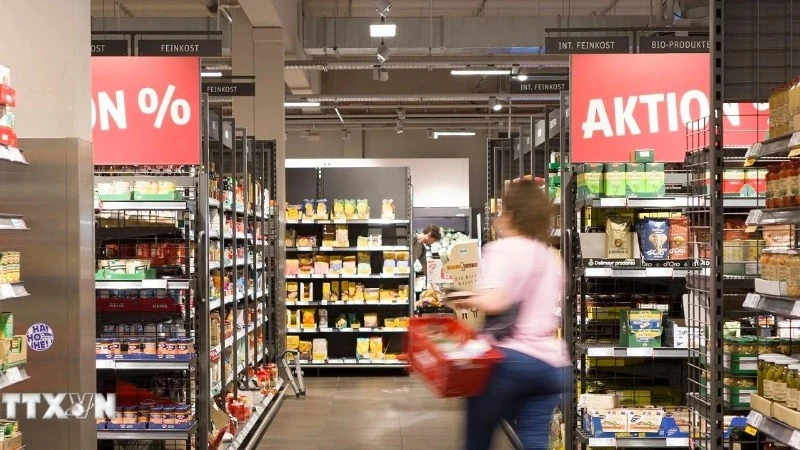


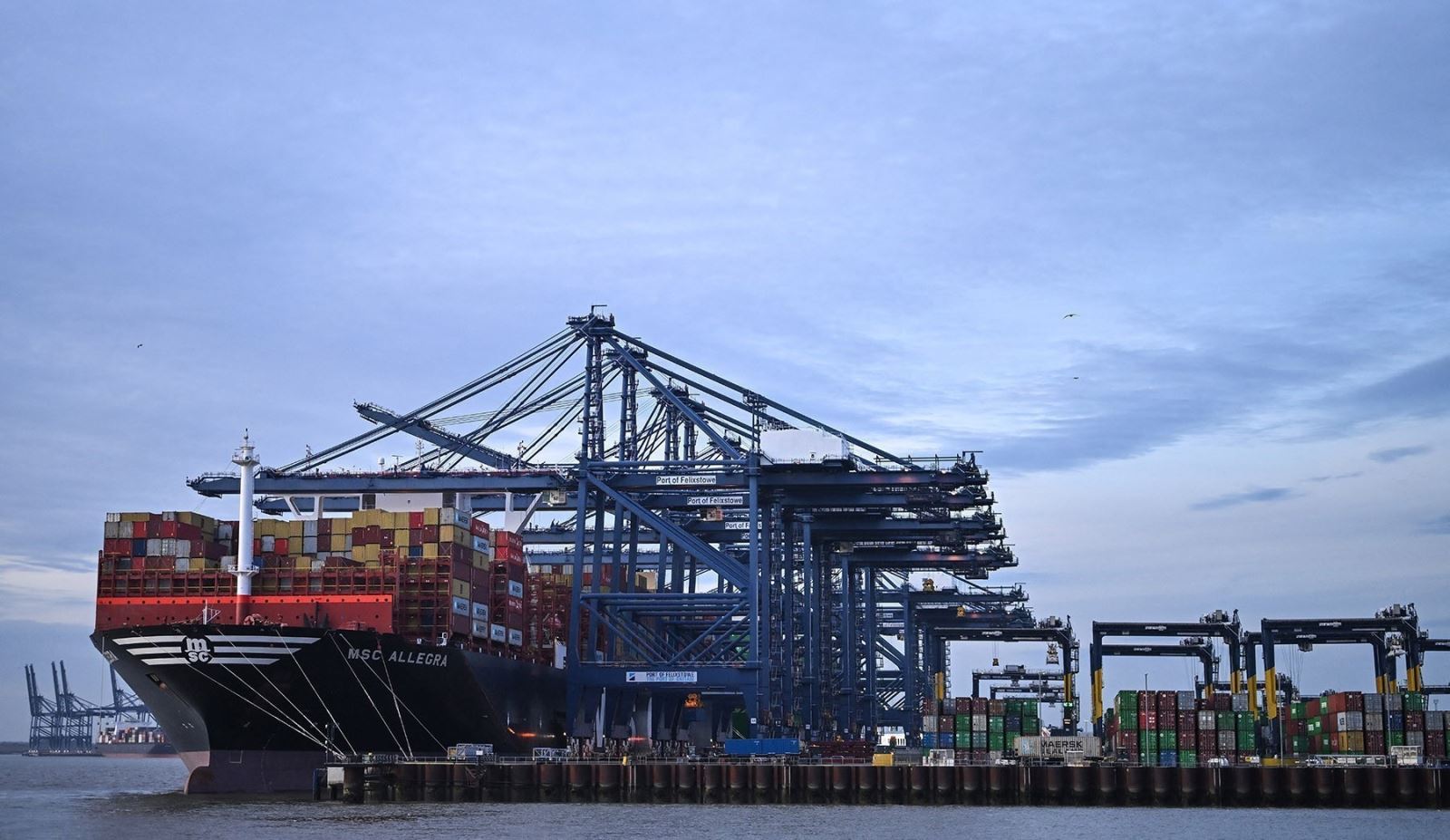



















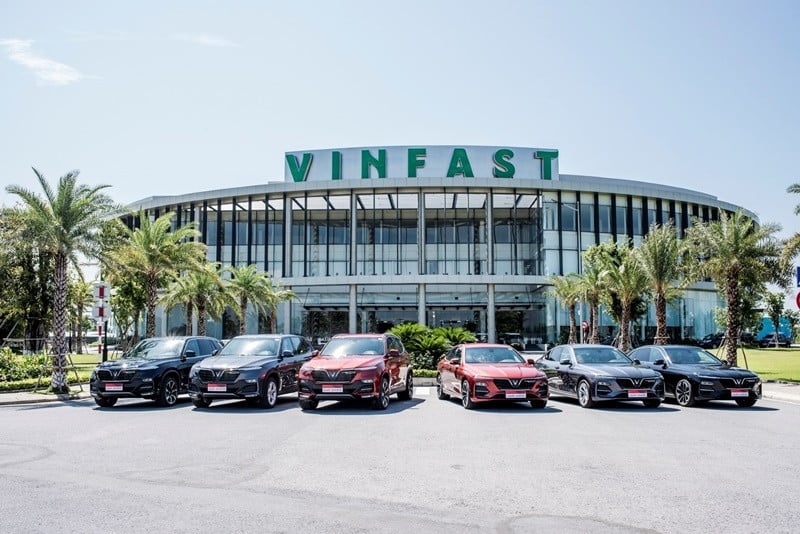

















































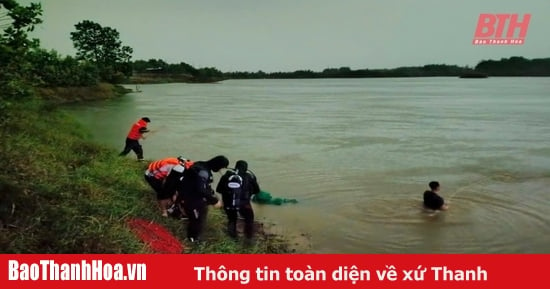

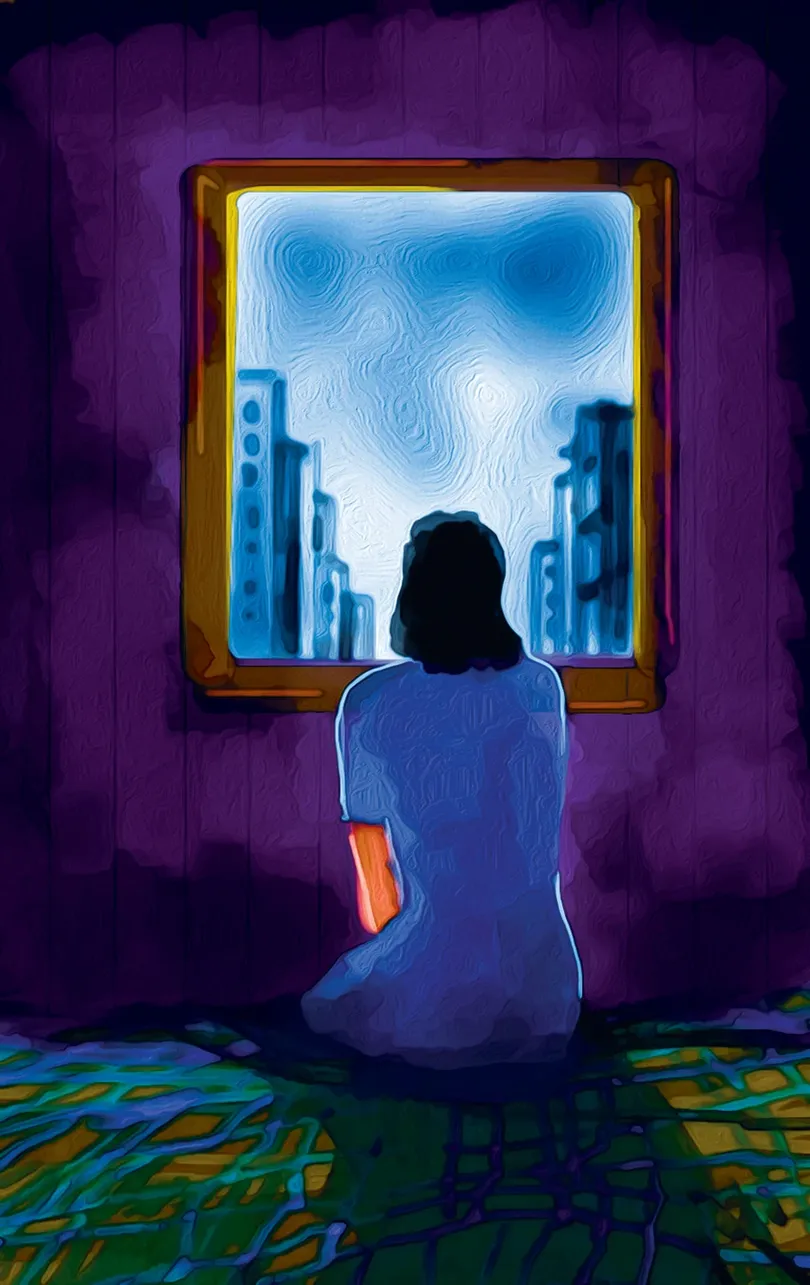











Comment (0)